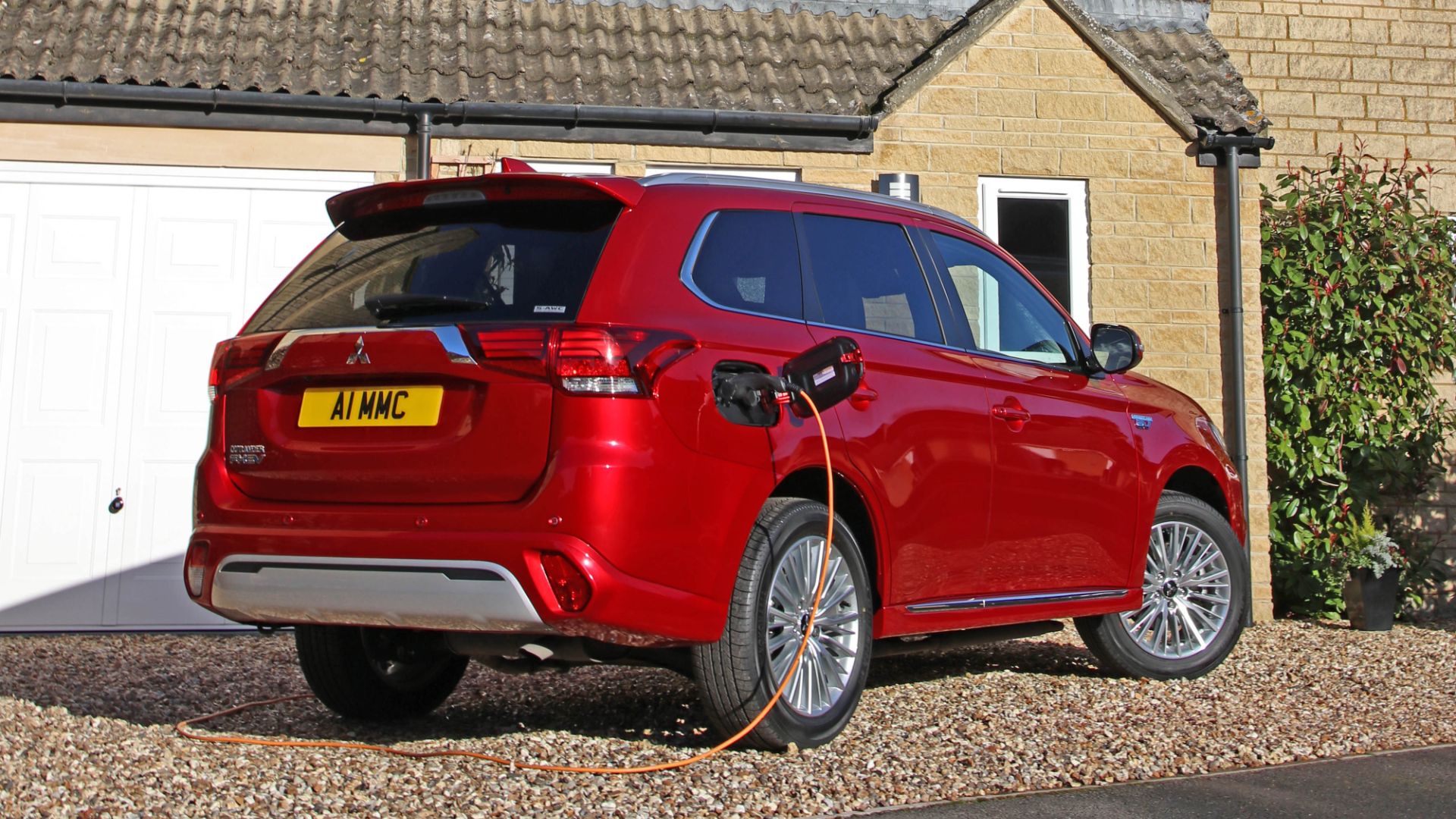
Plug-in hybrids took a blow recently when the government included their like, as well as conventional hybrids, in the 2035 ban of petrol and diesel-powered vehicles. Is the inclusion fair?
In terms of what they actually emit in so-called ‘real-world conditions’, quite possibly, in spite of the technology. New research has suggested that PHEVs emit as much as three-times their homologated figures for CO2, and consume three-times as much fuel, in ‘real-world’ conditions.
When it comes to petrol and diesel vehicles, ‘real world’ emissions and efficiency figures can be compared with figures reported from lab tests that are used to homologate them. Typically, those real-world figures are a small degree worse than those obtained in testing, due to varying conditions, performance and driving habits. That degree is a curiosity, rather than a serious issue. Indeed, some drivers can achieve better figures through careful driving.
In the case of PHEVs, the difference between testing and real-world figures can be stark. New research by The Miles Consultancy (TMC) indicates that the most popular PHEVs can triple the severity of their stated emissions and fuel consumption figures. Likewise, testing by Emissions Analytics, found alarmingly high consumption and emissions figures from PHEVs whose batteries were not charged.
Bad habits and dead weight – why PHEVs can perform so poorly in the real world
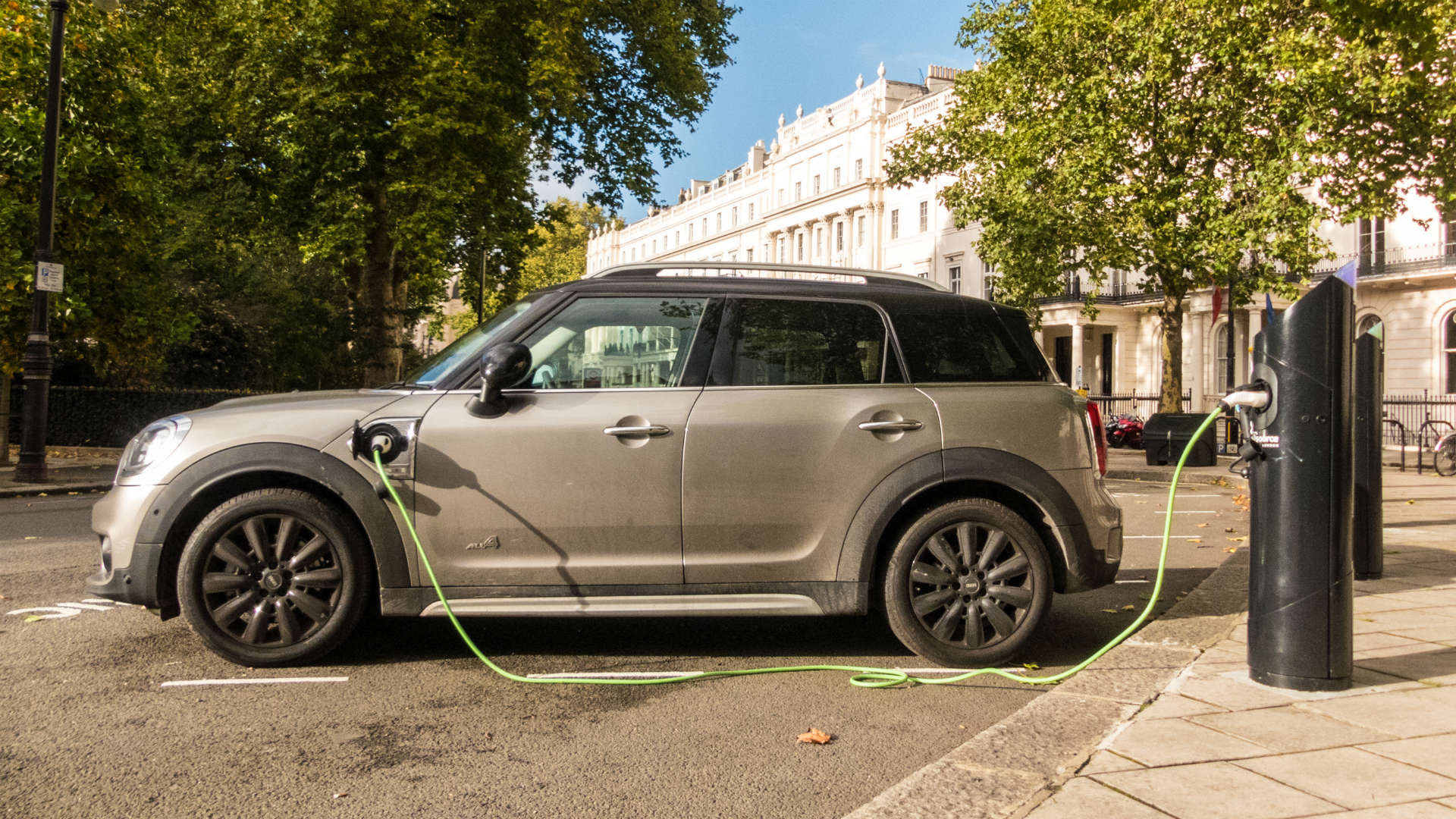
“On the evidence of our sample, one has to question whether some PHEVs ever see a charging cable,” Paul Hollock, TMC’s managing director commented.
“In a lot of cases, we see PHEVs never being charged, doing longer drives and this is not a good fit for a lot of car users.”
Imagine a driver of a conventional car had the option of tripling its efficiency but didn’t, either through laziness or a lack of awareness. This is more or less what is happening with many PHEVS. Using the plug-in element of a PHEV, keeping the battery charged to get those superb efficiency and emissions figures, is optional. Not charging doesn’t mean you’ll be stranded, so people can neglect to do so.
The problem is with driving habits and not the technology. Plugging in is an option, and one that isn’t always taken. Worse still, when it isn’t taken, you end up with an internal combustion vehicle, with the same or a similar engine as non-hybridised variants, lugging the extra weight of a hybrid system not in use.
- Half of drivers want to buy an electrified car
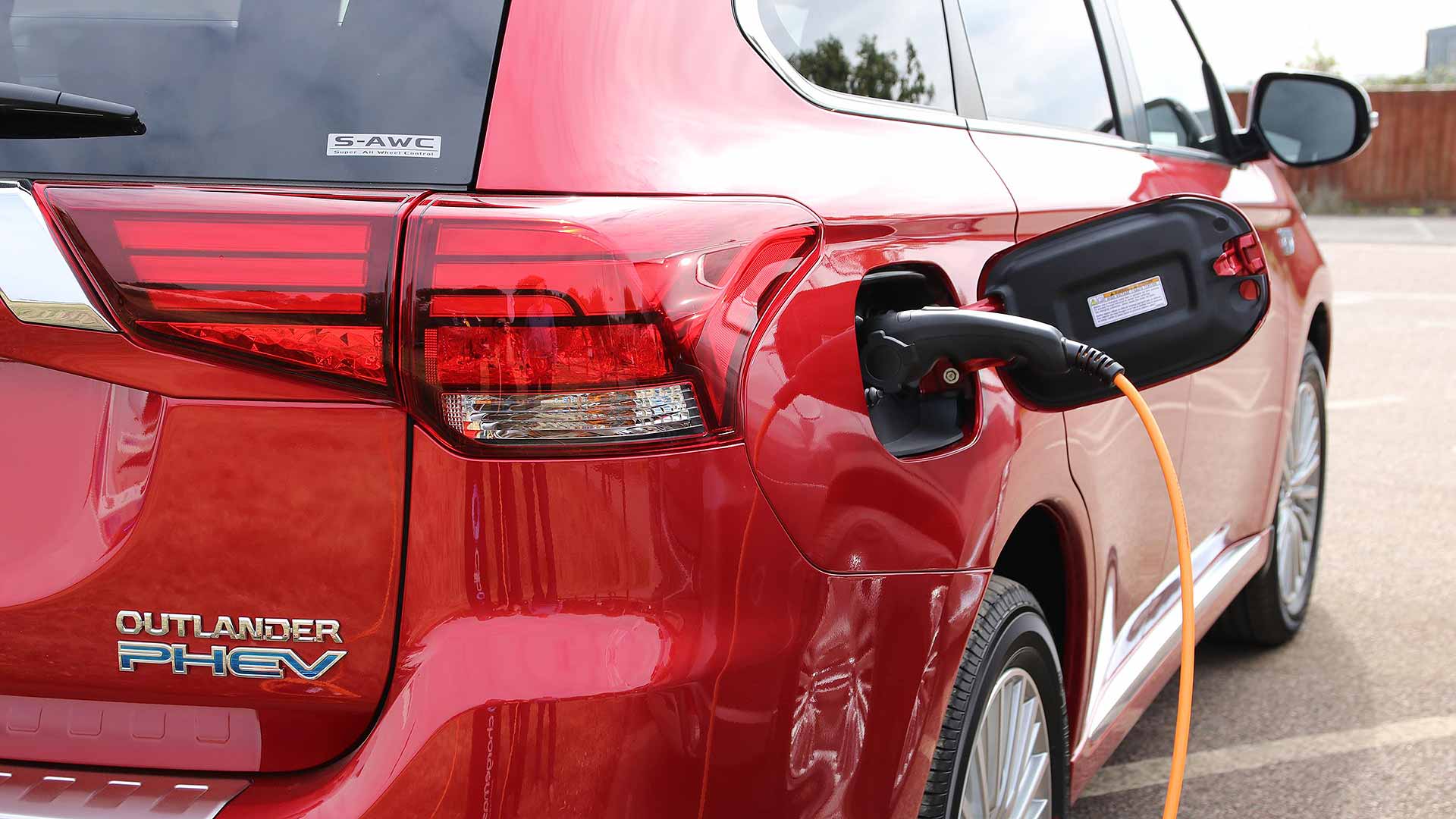
“This is all very confusing for motorists,” said Nick Molden, chief executive of Emissions Analytics.
“The problem is the official figures are very sensitive to assumptions about how PHEVs are being charged and driven.”
Proprietors of popular plug-in hybrid models responded to scepticism around their vehicles. A spokesman from Mitsubishi UK cited a survey of Outlander owners that found 96 percent charged at least once a week, and 68 percent charged every day. Even so, Mitsubishi itself recently announced a scheme to incentivise owners to plug-in, offering 10,000 free electric miles’ worth of charging.
Kia, meanwhile, has emphasised that ultimately, ”responsibility lies with the owner, but used correctly, a PHEV will improve fuel economy and reduce tailpipe emissions”.
Driving right: Getting the most out of PHEVs, and whether they’re viable
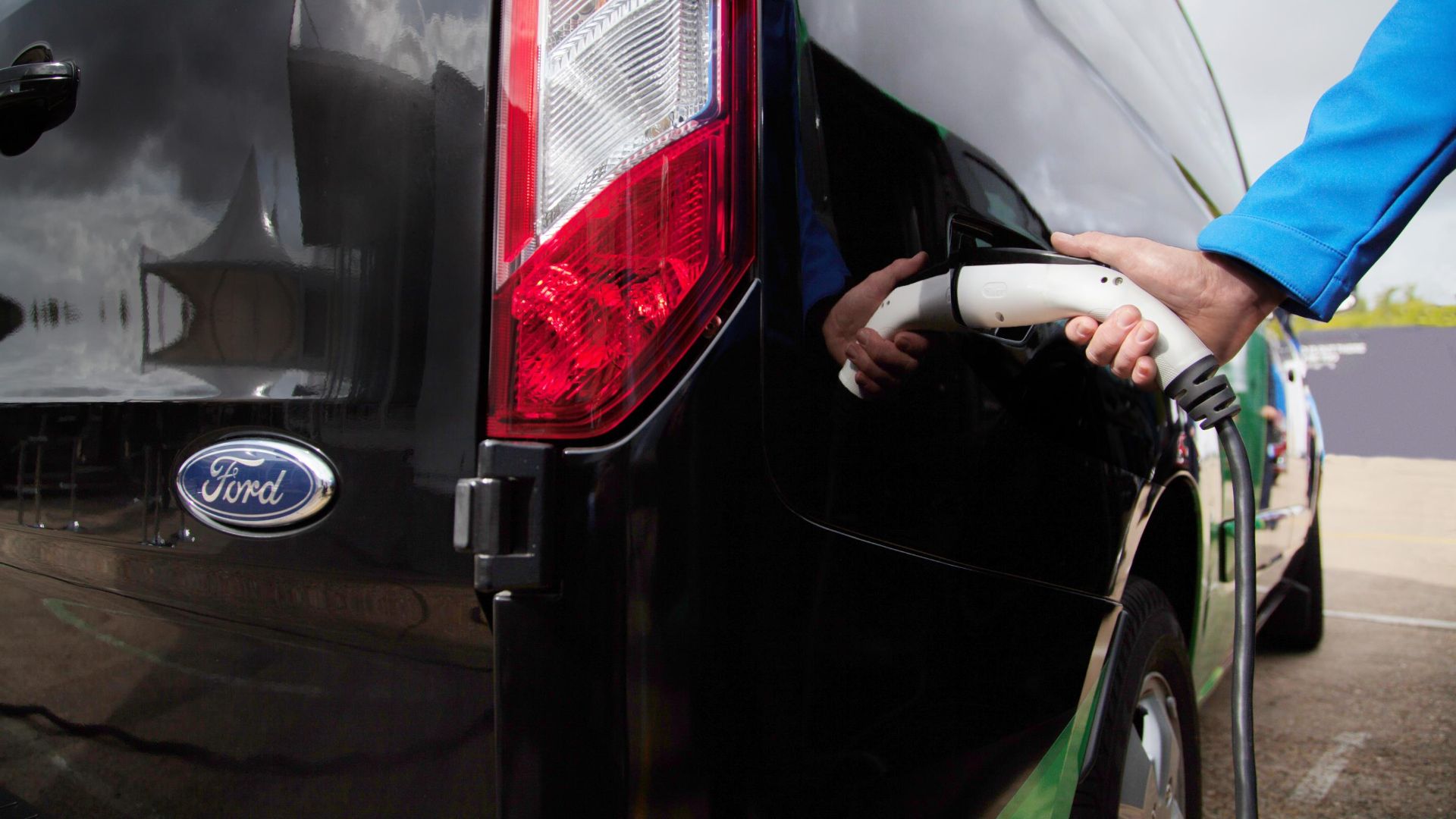
Ultimately, be it an issue of education or laziness, the fact that PHEVs give drivers the option of not running them at maximum efficiency compromises their effectiveness. Their potential to offer a great compromise is known. If you’re a PHEV owner and you’re hot on plugging it in, then you’re doing it right. Unfortunately, the unpredictable human element is where they fall short.
In 2020, as the offering of competent viable longer-range fully electric vehicles flourishes, the question of PHEV’s real-world relevance to the cause of emissions and consumption reduction burns ever-more.
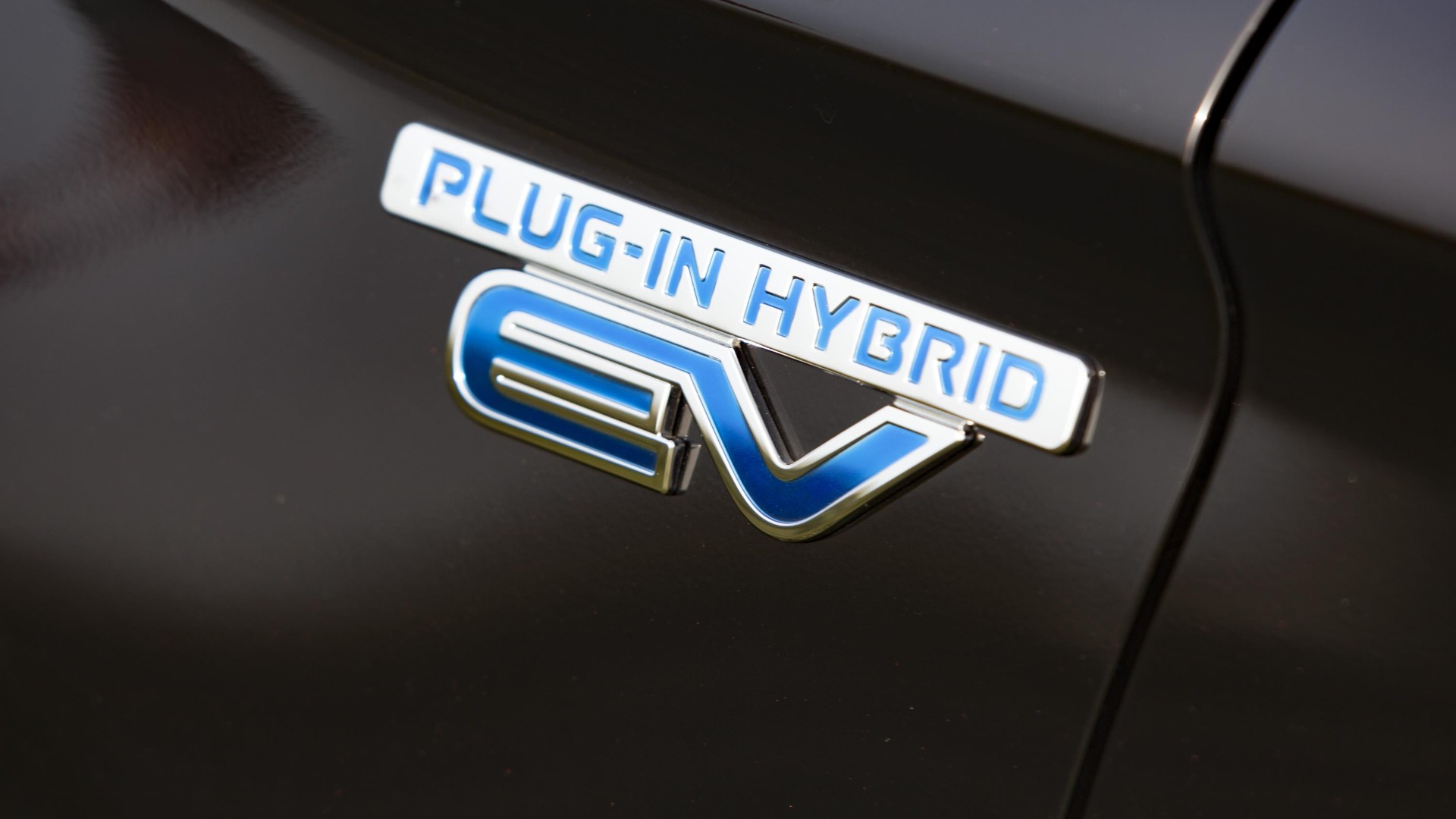
“By the end of the year, most new models of fully-electric vehicle will be able to cover 150 miles on a single charge, and the need for plug-in hybrids will inevitably decline”, said Ewa Kmietowicz, transport team leader at the Committee on Climate Change.
Whether their inclusion in the ban is fair or not perhaps isn’t the question. For now, their effectiveness remains in doubt, given that the problem with plug-in hybrids is people.
I know you need a catchy headline to get clicks, but the real headline should be Brain dead: The problem with morons.
PHEVs are an excellent option for some people, like myself who normally take short trips (commuting to work) but occasionally need to travel longer distances.
I live in Canada, where once a month or so I will have to travel 600km (round trip) in a single day with limited charging infrastructure between destinations.
I can assure you that my real world fuel efficiency is considerably better than the estimated value simply by plugging in every night.
Claiming (or implying with your headline) that there is something wrong with my exercise bike because I’ve gained weight since I bought it is very disingenuous (other than the dust the bike looks brand new).
Hi
Couldn’t agree more with the above.
You people have got to stop trying sensationalise your work with misleading headlines.
You really do not realise the damage that you people, ( the press ) are doing.
It doesn’t just stop at things like motoring, you even do it with politics as well
Regards Terry10.
I realize the original post dates back to 2020, when there were fewer plug-in hybrids on the road.
Still, it is poor practice to post a presumption with nothing to back it up.
I have a 2021 hybrid and am very happy with it. (38.5 mpg overall)
After purchasing my vehicle, a plug-in variant came to market.
I belong to a facebook group that is specific to my hybrid and the plug-in of the same model.
Assuredly, most buyers of the plug-in charge their vehicles on a daily, or regular basis.
And most state the reason of their vehicle choice was to obtain optimum miles per gallon.
While the results vary considerably, it is likely the median is at least 60 mpg for them.
Which will offset the additional approximately $10,000 they paid for their vehicles.
My most notable concern is that ethanol blend gasoline degrades significantly in 6 months.
I.E., plug-in buyers need to ensure their ICE (Internal Combustion Engine) is run enough to consume
some gasoline so fresh fuel is cycled in.